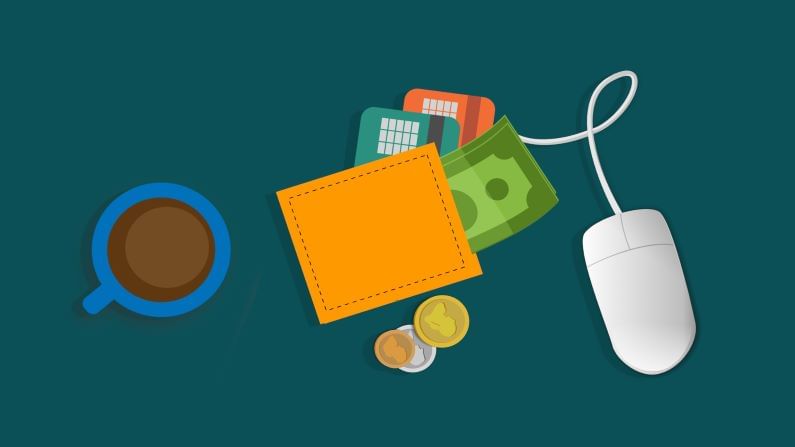‘Study Now Pay Later’ mantra gains currency in pandemic times
Yogesh Verma, business head, BNPL and Alliances, Mswipe, said although the numbers are small, the number of people taking this facility is growing at a very fast pace
- Hemanshi Tewari
- Last Updated : May 18, 2021, 23:42 IST

Vishakha Ghatak, a college student based in Ahmedabad, says that Buy Now Pay Later (BNPL) has been a huge relief for people like her who are not able to make one-time payments for a product or service. “I bought an iPhone online last year on EMI. I am still paying the EMI but my internship is over and it seems that I will have to find a new one to pay the rest amount. Overall, at least I could manage to buy an iPhone on my own,” she said.
Yogesh Verma, business head, BNPL and Alliances, Mswipe, said although the numbers are small, the number of people taking this facility is growing at a very fast pace.
“Besides NBFCs and banks, e-commerce platforms, cab-hailing companies and food delivery service providers have also started offering BNPL on their platforms,” he said.
Business model
With the fast-evolving population depending mostly on digital payments, BNPL-led innovations by fintech companies have witnessed a surge. But during these tough times, how sustainable is this business model?
“There is an increase in demand but BNPL players have been recalibrating their lending algorithm for now and have reduced their exposure,” Verma said. He further added that there is stress and most of the BNPL players have contracted the business by reducing qualified customer base and limit for BNPL, restricting merchant categories and by demanding higher down payments contribution from customers.
Study Now Pay Later (SNPL)
Experts are also pointing to another key trend that is expected to gain traction while going forward — education financing or Study Now Pay Later (SNPL). SNPL works with the same methodology as BNPL.
Even today, the process of sanctioning education loans requires physical presence at the bank branches. The pandemic has made it evident that this process also requires an end-to-end digital transition. More and more banks need to implement digital processes which will be of huge benefit to finance seekers.
“In recent years, fintech lending platforms have come up with innovative financing models to reduce the fee payment burden on parents. Initiatives such as zero-cost EMI for education fees, rewards and insurance benefits along with other models, where a parent is not required to be a guarantor, are slowly becoming popular in the education ecosystem,” said Rishabh Mehta, founder and CEO, GrayQuest.
Covid-19 impact
The second wave of Covid-19 observed a large-scale adoption of SNPL by parents across the country, including tier-3 and tier-4 towns during the last year. According to GrayQuest, 20% of customers who opted for the SNPL option during the last year were women.
“We are seeing a 198% increase in applications compared to the previous quarter because of the second wave. Amidst the uncertainty of the rising number of cases, students and parents are less keen to make big commitments by paying their education fees in bulk and instead prefer staggered payments to conserve their capital,” Mehta said.
According to experts, the day is not far when even Rs 50/- purchase at a neighbourhood store would be made by using formal ‘Buy Now Pay Later’ proposition.
Download Money9 App for the latest updates on Personal Finance.
Related
- Worst deposit crunch in 2 decades, RBI urges banks to explore new ways to increase deposits
- SIP vs. STP: Which can earn you more money?
- Why is your credit score not improving?
- RBI warns banks of ‘lakhs’ of accounts used for fraud, evergreening
- Use credit card a lot? Here are 5 ways to avoid debt traps!
- Mobile phone retailers call out rampant fraud, urge buyers to shun easy EMIs

